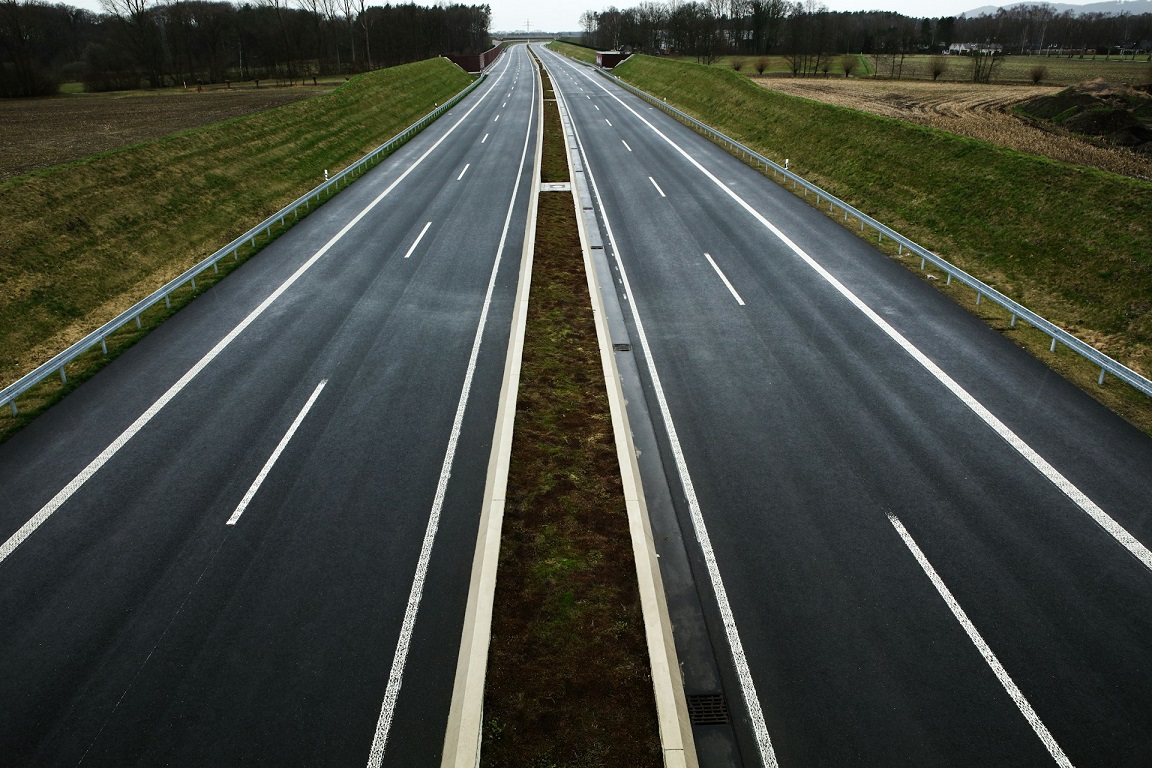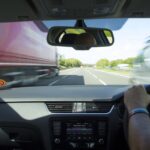
The Autobahn is not only a symbol of German engineering prowess but also a leader in environmental stewardship within the infrastructure sector. This article delves into the various eco-friendly initiatives integrated into the Autobahn system, demonstrating Germany’s commitment to sustainable development.
Sustainable Construction Practices:
- Recycled Materials: The Autobahn increasingly incorporates recycled materials in its construction and maintenance. Recycled asphalt and rubber from old tires are used in road surfaces to reduce waste and decrease the demand for new raw materials.
- Eco-Concrete: Innovations like eco-concrete, which has a lower carbon footprint than traditional concrete, are employed in bridge and tunnel construction across the Autobahn network.
Wildlife Conservation Efforts:
- Wildlife Crossings: To mitigate the impact of the highway on local wildlife, numerous overpasses and underpasses specifically designed for animal use have been constructed. These crossings help preserve biodiversity and prevent animal-vehicle collisions.
- Noise Reduction Barriers: The Autobahn uses specially designed noise barriers that not only protect human residents from traffic noise but also limit the disturbance to nearby wildlife habitats.
Energy Efficiency and Renewable Energy:
- Solar Noise Barriers: Innovative solar panels installed on noise barriers along the Autobahn not only reduce noise pollution but also generate renewable energy. This dual-purpose technology exemplifies how infrastructure can contribute to energy production.
- LED Lighting: Energy-efficient LED lighting is used extensively along the Autobahn, reducing energy consumption and improving visibility for safety.
Water Management and Pollution Control:
- Rainwater Management Systems: Advanced drainage systems are designed to handle runoff effectively, preventing road pollutants from entering local waterways and helping maintain water quality.
- Air Quality Monitoring: Stations along the Autobahn continuously monitor air quality, ensuring that emissions from traffic do not adversely affect the surrounding environment. Measures are taken to mitigate any detected pollution.
Future Oriented Initiatives:
- Electric Vehicle Charging Stations: As part of a move toward supporting sustainable transport, electric vehicle (EV) charging stations are being installed at rest stops along the Autobahn, encouraging the adoption of electric vehicles.
- Smart Transport Systems: Looking to the future, the Autobahn plans to incorporate more smart transport technologies that optimize traffic flow and reduce emissions, such as dynamic traffic control systems that adjust to real-time conditions.
Through a combination of advanced technology and proactive environmental policies, the Autobahn exemplifies how major transport infrastructure can operate sustainably. These eco-friendly initiatives not only enhance the functionality of the Autobahn but also contribute to Germany’s environmental goals, paving the way for future innovations in sustainable road design.
Related articles:
Why Do Germans Love Their Cars? A Cultural Deep Dive
Safety on the Autobahn
The History of the Autobahn
Engineering the Autobahn
Touring Germany via the Autobahn
The Future of the Autobahn
The Economic Impact of the Autobahn
Comparing the Autobahn to Other Highways
Speed Limit Debates on the Autobahn







